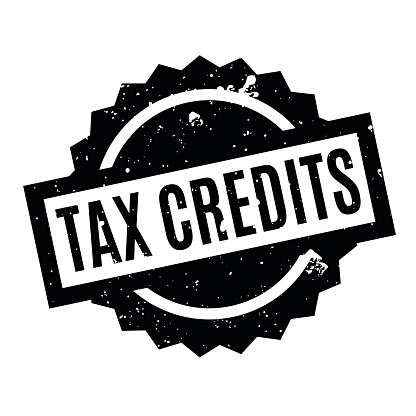 Let’s explore Economic Incentives in commercial real estate. Businesses move to new locations for a variety of reasons including but not limited to the need for more space, facility modernization, access to a better skilled and available workforce, less costly operating costs, and business-friendly environments. As businesses consider relocation, many states across the U.S. offer economic incentives to attract and retain business investment. Economic incentives such as job creation grants and tax credits, training grants, property tax abatements, sales and use tax exemptions, and energy-efficiency programs are tools used by state and local governments to offset the initial capital investment of a businesses’ investment in a new facility as well as the ongoing costs for operating a facility.
Let’s explore Economic Incentives in commercial real estate. Businesses move to new locations for a variety of reasons including but not limited to the need for more space, facility modernization, access to a better skilled and available workforce, less costly operating costs, and business-friendly environments. As businesses consider relocation, many states across the U.S. offer economic incentives to attract and retain business investment. Economic incentives such as job creation grants and tax credits, training grants, property tax abatements, sales and use tax exemptions, and energy-efficiency programs are tools used by state and local governments to offset the initial capital investment of a businesses’ investment in a new facility as well as the ongoing costs for operating a facility.
New Jersey and Pennsylvania compete for corporate real estate projects with other regions of the U.S. and in some cases, countries. While the economies of New Jersey and Pennsylvania are diverse with a choice of urban and rural areas, decades-old buildings and greenfield sites, mature infrastructures and workforces, and strong education systems, other states are as attractive and offer lower costs to do business. Thus, the need for incentives.
In New Jersey, the Grow New Jersey Incentive Program (“Grow NJ”) provides a base incentive to all companies with a need to relocate and are either new to the state or threatening to leave. Additional bonuses may be awarded based on the type of industry, location, amount of capital investment, number of jobs, and median wage of jobs.
The incentive may be for a term of up to 10 years with a 15-year commitment to remain at the project location. The Grow NJ incentive is a sellable state tax credit of up to $15,000 per job, per year for the ten-year term. This incentive will sunset on June 30, 2019. Governor Phil Murphy is expected to install new incentives that will focus on increasing innovation and technology advancement in New Jersey.
Other incentives in New Jersey include the Urban Enterprise Zone (“UEZ”), which provides sales tax exemption and hiring tax credits in 27 designated municipalities, job training grants, and energy efficiency rebates.
The Commonwealth of Pennsylvania has a diverse menu of incentive programs. A statutory job creation tax credit of $1,000 per job created is available and may increase if the Governor’s Action Team is involved in the incentive negotiation. Businesses must create 25 new jobs or increase employment by 20 percent. Another job creation incentive is the Pennsylvania First Program, which provides cash grants to support capital investment and job creation. While an effective program, Pennsylvania First is tied to the state budget and funding is often limited.
Keystone Innovation Zone (“KIZ”) Tax Credits are available in geographic zones to support innovation for emerging technologies. Businesses must locate in a zone, be operating for less than eight years, and locate in a KIZ targeted industry. The annual pool for KIZ tax credits is $15 million statewide.
Keystone Opportunity Zones (“KOZ”) targets abandoned, unused, or underutilized properties for revitalization. KOZ is a partnership of state and local governments to reduce tax burdens via abatements, tax credits, deductions, and exemptions of state and local taxes.
Pennsylvania also has a job training program called WEDnetPA. The program provides qualified employer resources to train new and existing workers who reside in the Commonwealth. Training grants are available up to $450 annually per employee for Essential Skills Training and up to $850 annually per employee for Advanced Technology Training.
Businesses are limited to training grants two years in a row or three years out of the last five years. The Local Economic Revitalization Tax Assistance (“LERTA”) Program provides a graduated abatement of real estate taxes for companies making improvements to property within the LERTA district. LERTA provides an abatement on the
difference between property assessment before improvements and the assessment after the completion of improvements. The LERTA is available over a period of five to ten years.
Additional incentives resources, including financing programs, are available and are based on the unique characteristics of each project and its contribution to the state and local economy.



